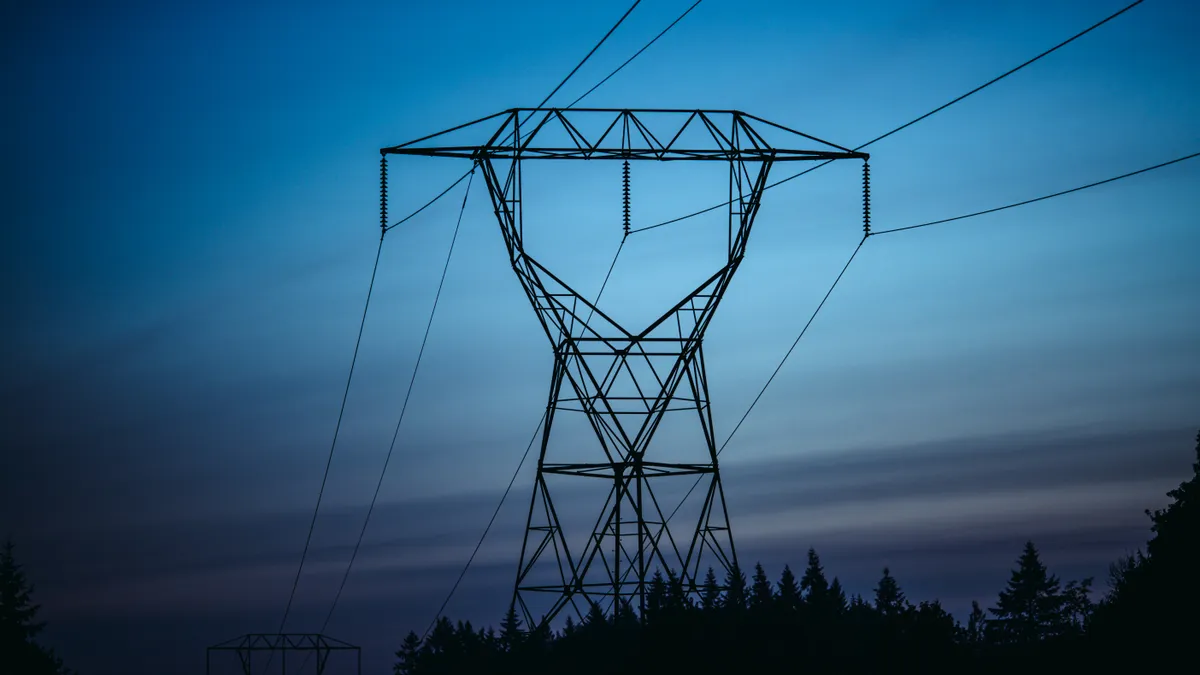Federal regulators have accepted a proposal from ISO New England that will allow for energy storage to “play an important role in ensuring a reliable transmission system,” the grid operator said Wednesday.
Storage as transmission-only assets, known as SATOAs, would be owned and maintained by transmission companies but controlled by the ISO. Because they would be built only to serve a transmission reliability purpose, “SATOAs will not compete in the electricity markets and will have minimal effect on wholesale prices,” the ISO said in a blog post.
The ISO proposed the tariff revisions in December and the Federal Energy Regulatory Commission accepted them on Oct. 19. The revisions included tariff language to address cost allocation and recovery, transmission planning, operation, interconnection, and market participation issues related SATOAs.
“We find that the proposed SATOA Revisions to establish a framework under which an electric storage resource may be considered a transmission asset are just and reasonable and not unduly discriminatory or preferential,” FERC concluded.
The new rules will not impact the almost 2,000 MW of pumped hydro storage and more than 600 MW of new and existing battery storage resources that have secured capacity obligations for the upcoming 2024–2025 commitment period, the ISO said. The rules would also not apply to about 18,000 MW of battery resources in the ISO’s interconnection queue, it said.
SATOAs can be used under specific system conditions to prevent localized overloading. They could also be deployed “as a last resort to help prevent or mitigate controlled outages in the unlikely event that demand for electricity were to exceed the regionally available supply, or to assist with system recovery after an outage,” the ISO said.
Transmission companies seeking to develop SATOAs will need to navigate New England’s open regional system planning process, which the grid operator said is “similar to the way reliability-based system upgrades are handled today.”
A study published in January by the New York Battery and Energy Storage Technology Consortium concluded energy storage can be a cost-effective alternative to traditional transmission lines for integrating renewable energy, maintaining reliability and modernizing the electric grid.
The New York study identified multiple use cases for storage as an alternative to traditional transmission development: to reduce congestion and improve transfer capability; provide grid voltage support; and improve capacity deliverability and reduce local capacity requirements.
FERC directed ISO New England to submit a filing identifying the effective date of the SATOA revisions no less than 30 days prior to their implementation.














